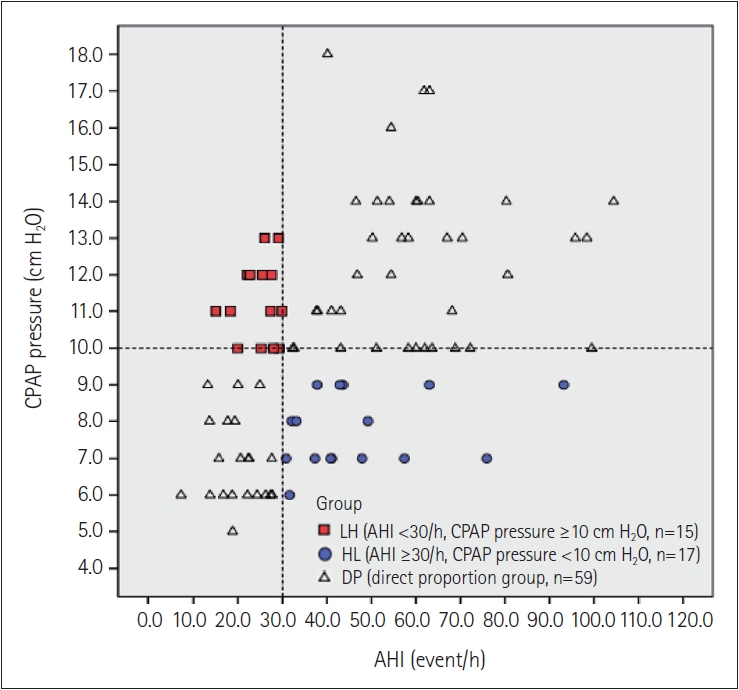 |
 |
- Search
| Chronobiol Med > Volume 6(1); 2024 > Article |
|
Abstract
Objective
Methods
Results
NOTES
Conflicts of Interest
Eui-Joong Kim, a contributing editor of the Chronobiolgy in Medicine, was not involved in the editorial evaluation or decision to publish this article. All remaining authors have declared no conflicts of interest.
Availability of Data and Material
The datasets generated or analyzed during the study are available from the corresponding author on reasonable request.
Author Contributions
Conceptualization: Ji Hyun Lee, Jae-won Choi. Data curation: Ji Hyun Lee, Jae-won Choi. Formal analysis: Ji Hyun Lee. Funding acquisition: all authors. Investigation: all authors. Methodology: Ji Hyun Lee. Project administration: Jae-won Choi. Resources: Jae-won Choi. Software: Ji Hyun Lee. Supervision: Jae-won Choi. Validation: Ji Hyun Lee, Jae-won Choi. Visualization: Ji Hyun Lee. Writing—original draft: Ji Hyun Lee, Jae-won Choi. Writing—review & editing: all authors.
Figure 1.








